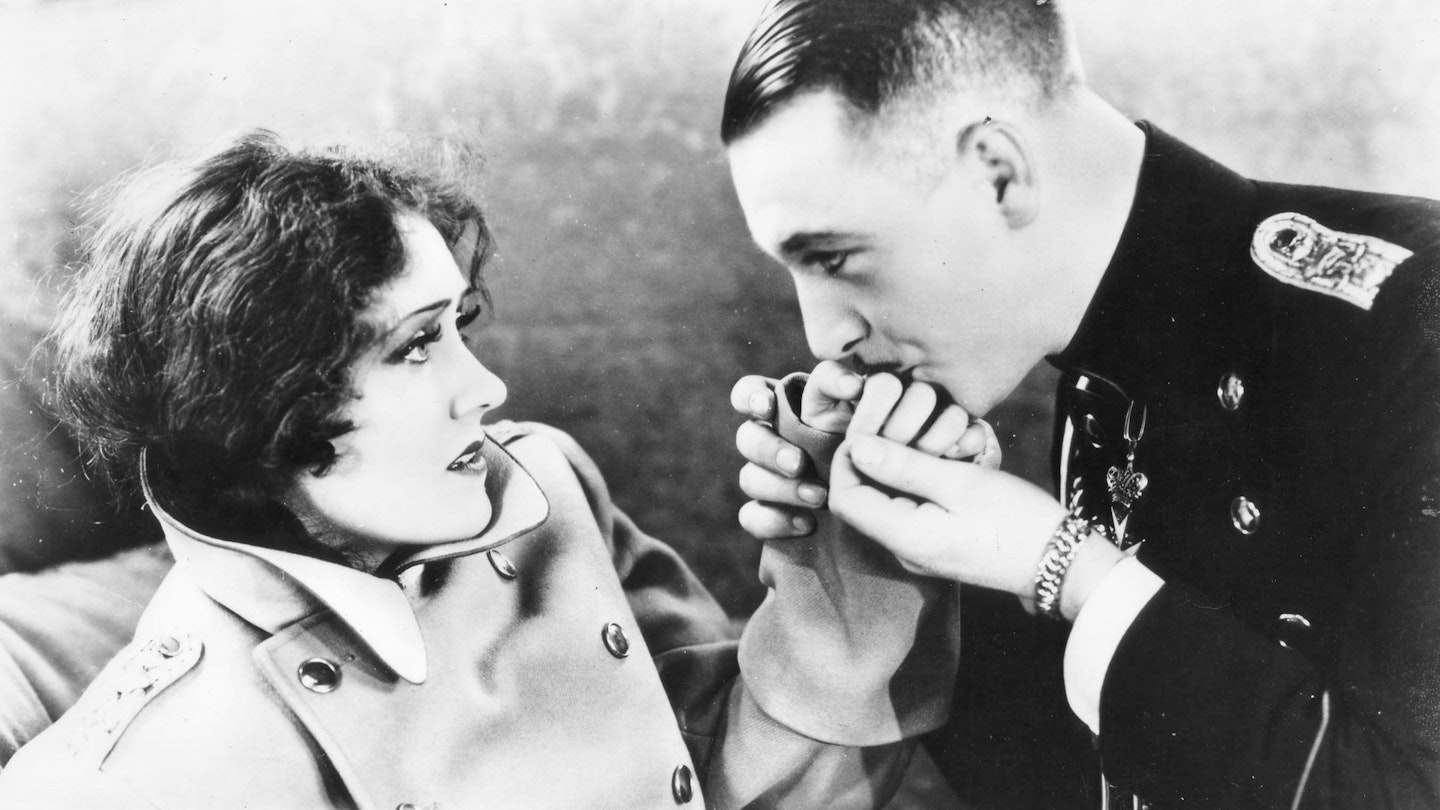This is a film whose backstory is better known than its narrative and which is more celebrated for its excerpted inclusion in Billy Wilder's Sunset Blvd.* *than for its various bowdlerised incarnations.
It started out as a vanity project for Gloria Swanson, who was keen to show a Hollywood increasingly obsessed with sound that she was still capable of silent greatness. Ignoring the warnings about the director's grandiloquence and profligacy, her producer-lover Joseph P. Kennedy commissioned Erich von Stroheim to develop an epic from his short story, `The Swamp', that would enable the ageing Swanson to showcase her gifts for drama, comedy, passion and tragedy.
However, no one seemed to notice the blatant eroticism with which Von Stroheim had doused his screenplay and it was only when Swanson was asked to cup her hands to receive a mouthful of Tully Marshall's tobacco juice that she had the errant Austrian fired.
Renowned theatre director Richard Boleslawski was brought in to rescue the project, but Kennedy closed it down shortly afterwards and Swanson spent the next two years and $800,000 trying to salvage her reputation. In 1931, she sanctioned a version that culminated in Kelly's European suicide. But it only received a limited release and, although Von Stroheim cobbled together his own cut in the 1960s, 54 years were to pass before a reasonable approximation (complete with an epilogue comprising captions and production stills) was achieved.
Although Von Stroheim had realised only a third of his proposed 30 reels, he had filmed in sequence and, so, the Kronberg scenes survive pretty much as he had envisaged them. Apart from the obvious opulence, the footage was remarkable for the wealth of contrasting symbolism, as Von Stroheim used fairy tale romance and ignoble reality, virility and impotence, bestiality and chastity, dressing and undressing to explore such themes as order and chaos, light and darkness, nature and artifice, and love and lust. His use of fire was particularly striking, although the vulgarity that underpinned his pompous sophistication was never far below the surface.
Maybe not a missing masterpiece, but this is definitely a cherishable curio.
